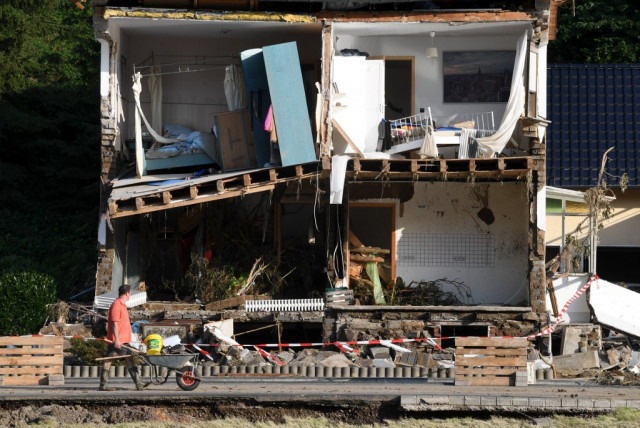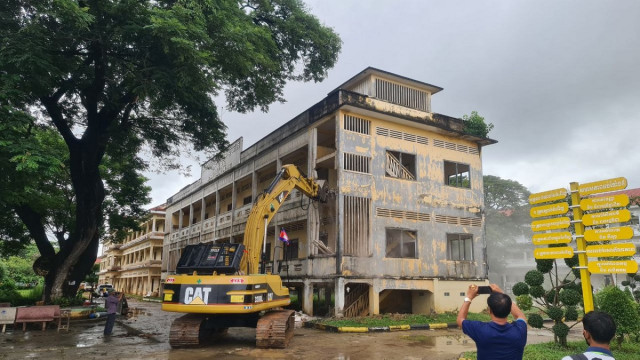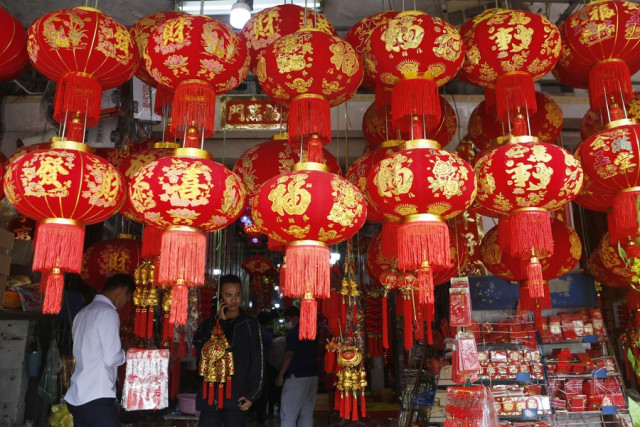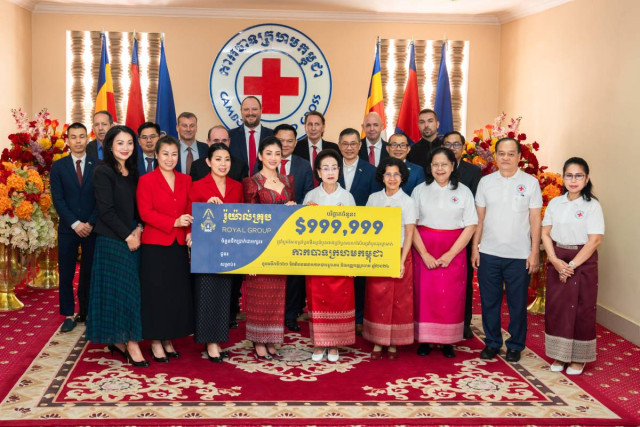Experts Say RCEP Helps Cambodia Diversify Economy, Exports
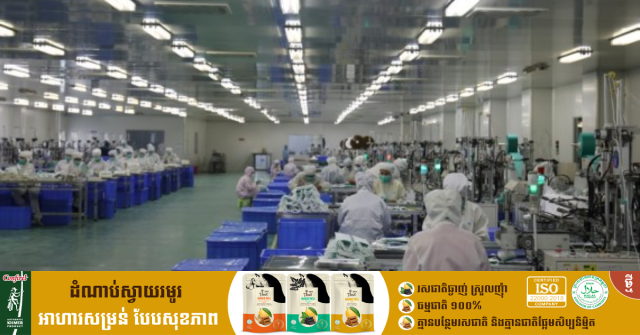
- By Xinhua News Agency
- October 2, 2023 5:50 PM
PHNOM PENH — The Regional Comprehensive Economic Partnership (RCEP) agreement, which took effect in 2022, has helped diversify Cambodia's economy and exports, a World Bank's senior economist said on Monday.
Aaditya Mattoo, chief economist of the World Bank's East Asia and Pacific Region, said the RCEP agreement and Cambodia's new law on investment have created greater market access and helped generate new trade and investment flows for the kingdom.
It will help Cambodia diversify its economy and exports which have been heavily reliant on garment so far, he said during a video press conference on the launch of the World Bank's East Asia and Pacific economic update report.
Mattoo suggested Cambodia improve its skilled labor and connectivity in order to sustain its economy and exports in the long run.
In the update report, the World Bank said the RCEP and other newly ratified free trade agreements (FTAs) have helped Cambodia strengthen its exports and attract more foreign direct investment (FDI).
The RCEP free trade deal comprises 15 Asia-Pacific countries, including 10 ASEAN (Association of Southeast Asian Nations) member states - Brunei, Cambodia, Indonesia, Laos, Malaysia, Myanmar, the Philippines, Singapore, Thailand, Vietnam - together with their five trading partners, namely China, Japan, South Korea, Australia and New Zealand.
Cambodia's total export to the RCEP member countries amounted to 4.59 billion U.S. dollars from January to July 2023, a year-on-year increase of 21 percent, according to the country's Ministry of Commerce's report.
Cambodian Ministry of Commerce's Secretary of State Penn Sovicheat said the RCEP has been a key driving force for the kingdom's export growth and has become a magnet to attract more FDI inflows to the country.
"This world's largest FTA, along with other bilateral FTAs, will help Cambodia graduate from its least developed country status by 2027 and achieve its goals of becoming an upper-middle income country by 2030 and a high-income nation by 2050," he told Xinhua.
According to World Bank data, the RCEP covers 2.3 billion people, 25.8 trillion U.S. dollars of global GDP, 12.7 trillion dollars of global trade in goods and services, and 31 percent of global FDI inflows.
Kin Phea, director-general of the International Relations Institute of Cambodia, a think-tank under the Royal Academy of Cambodia, said the RCEP has helped stabilize its members' economies, especially during the period of global economic slowdown and uncertainty.
"The RCEP has great potential to create tangible benefits for all of its members, and ASEAN will reap long-term benefits from this trade pact by integrating further into global supply chains," he told Xinhua. "I believe that the RCEP will help transform ASEAN region into a new engine of growth in Asia."






